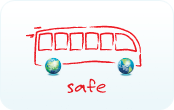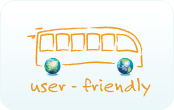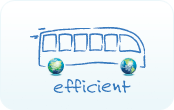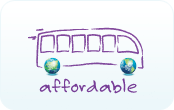|
Home  News News
New Helsinki bus lets you choose your own route
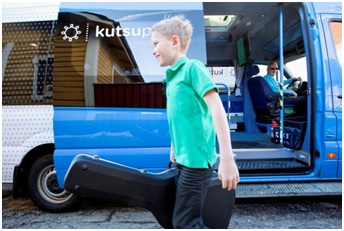 |
Called Kutsuplus (Finnish for “call plus,” referring to the on-call nature of the service) the system of on-demand minibuses lets riders decide on a start and end point, and choose whether to share a journey or take a private trip. Called demand-responsive public transit, it’s designed for maximum flexibility.
Riding Kutsuplus costs more than bus fare, but less than an Helsinki taxi. Those costs vary based on how many people are riding. Currently, Kutsuplus fares can be paid via smartphone, but soon riders will be able to add a trip to a phone bill via SMS.
Scheduling is completely computer automated — just summon a Kutsuplus minibus to a bus stop with your smartphone and select a destination. If you choose to share your ride with co-passengers whose destinations vary, an algorithm will determine the most direct route, and it will only charge you what you would’ve paid had nobody else been on board. Kutsuplus minibuses have room for at least nine passengers, and you can even reserve a spot for a baby carriage.
|
|
Despite its on-demand nature, Kutsuplus isn’t designed to put taxis out of business but rather, it’s intended to make it easier for car users to switch to public transit. According to Kari Rissanen, a Program Director at the Helsinki Regional Transport Authority, Kutsuplus makes transit more attractive for those whose commutes would require multiple changes of buses or trains.
“Kutsuplus will often offer a better and more effective alternative for private car trips, even for the busy people,” said Rissanen. There’s free Wi-Fi on board, and riders don’t have to pay for parking.
Pricing also means that those who are well-served by existing bus routes will stick with them. “Currently we have about 1,000 bus stops and almost 500,000 different routes, correspondingly,” Rissanen said. “As the Kutsuplus fare is higher than that in a bus or metro, people who are served well with metro, will and should keep on using them.”
A pilot version of Kutsuplus launched last year with 10 buses. As of September, 4,500 people have signed up. According to Risaanen, the program could expand to 100 buses and operating expenses would be just about covered by passenger revenue.
Read more
|
|
